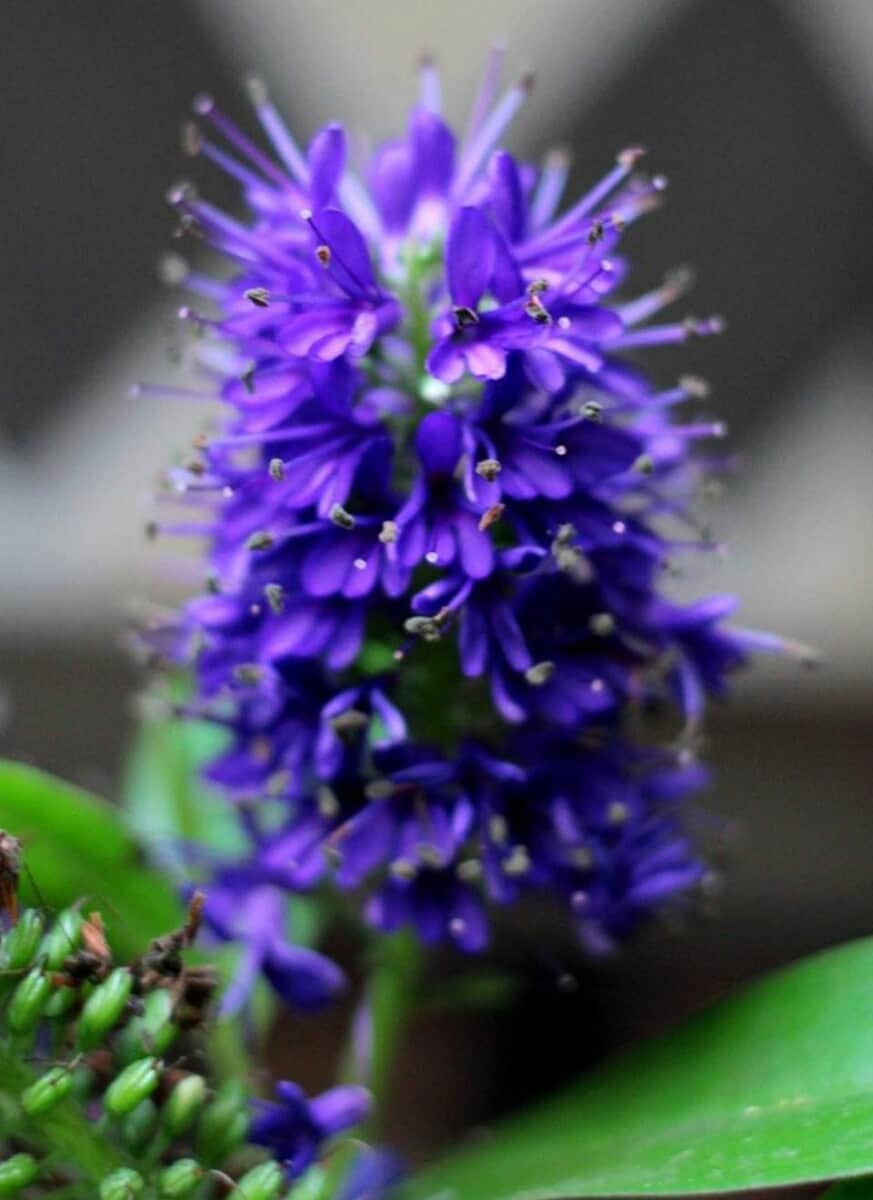 Butterflies feed on the nectar of blooms, so in case you need to see a development in the amount of butterflies visiting your nursery, you should promise you plant the right kind of blooms and hedges in your nursery. It is in like manner worth reviewing that a couple of butterflies will just lay their eggs on express plants, so you can help with ensuring the future perseverance of these species also.
Butterflies feed on the nectar of blooms, so in case you need to see a development in the amount of butterflies visiting your nursery, you should promise you plant the right kind of blooms and hedges in your nursery. It is in like manner worth reviewing that a couple of butterflies will just lay their eggs on express plants, so you can help with ensuring the future perseverance of these species also.
Considering blooms and shrubs for the different seasons is huge also, as you should outfit them with a steady store of food and assurance your nursery is an asylum for these beautiful unpleasant little creatures, paying little mind to what the season. Here is an overview of ten plants to get your butterfly garden looking flying up until now.
- Primrose – The hebe Primrose is a solid designer that shows up in a combination of tones, including yellow and purple. It is anything but a fragrant bloom. Primroses bloom in the spring and can grow all through summer, especially at whatever point planted in the shade.
- Common Nettle – If planted in a brilliant perceive, the standard stinging thorn is an optimal spot for Peacock, Small Tortoiseshell, Red Admiral butterflies to lay their eggs on in June. The caterpillars will then be seen crunching on the leaves from July, sometimes straightforwardly through to November.
- Wallflower – The Wallflower is a transitory never-ending, available in a grouping of tones that will bloom from spring and all through summer. Set up plants will adequately self seed too.
- Buddleia (additionally called the butterfly bush) – Depending on the arrangement, this will blossom all through spring and summer, sometimes through to pre-winter. It is open as a shrubbery or tree, with evergreen and deciduous species open. The blooms are unequivocally scented and vary in concealing including white, purple and pink.
- Lavender or Lavandula – This hebe blooms in summer through to fall and has a stunning scent. It is ideal to plant a couple together and they lean toward dry, all around exhausted soil in full sun.
- Ice Plant – Flowering in the mid year through to late pre-winter. It for the most part has lots of minimal pink roses.
- Common Ivy – is a common and evergreen climber. Its light yellow blooms appear from September to October, giving a key wellspring of late nectar for butterflies.
- Common Dog Violet – Is a combination of wildflower that blooms in March through to May. It is anything but really scented anyway attracts the various kinds of Fritillary butterfly, who will lay eggs on it.
- Lilac or Syringa – This is a deciduous shrub that is extreme and blooms from May to June. It ordinarily has scented white or pink blooms.
- Hebes – The ‘Unique Orme’ grouping is maybe the best kind to plant to attract butterflies, yet the others will regardless attract a couple. All Hebes are evergreen and can bloom for some time.
